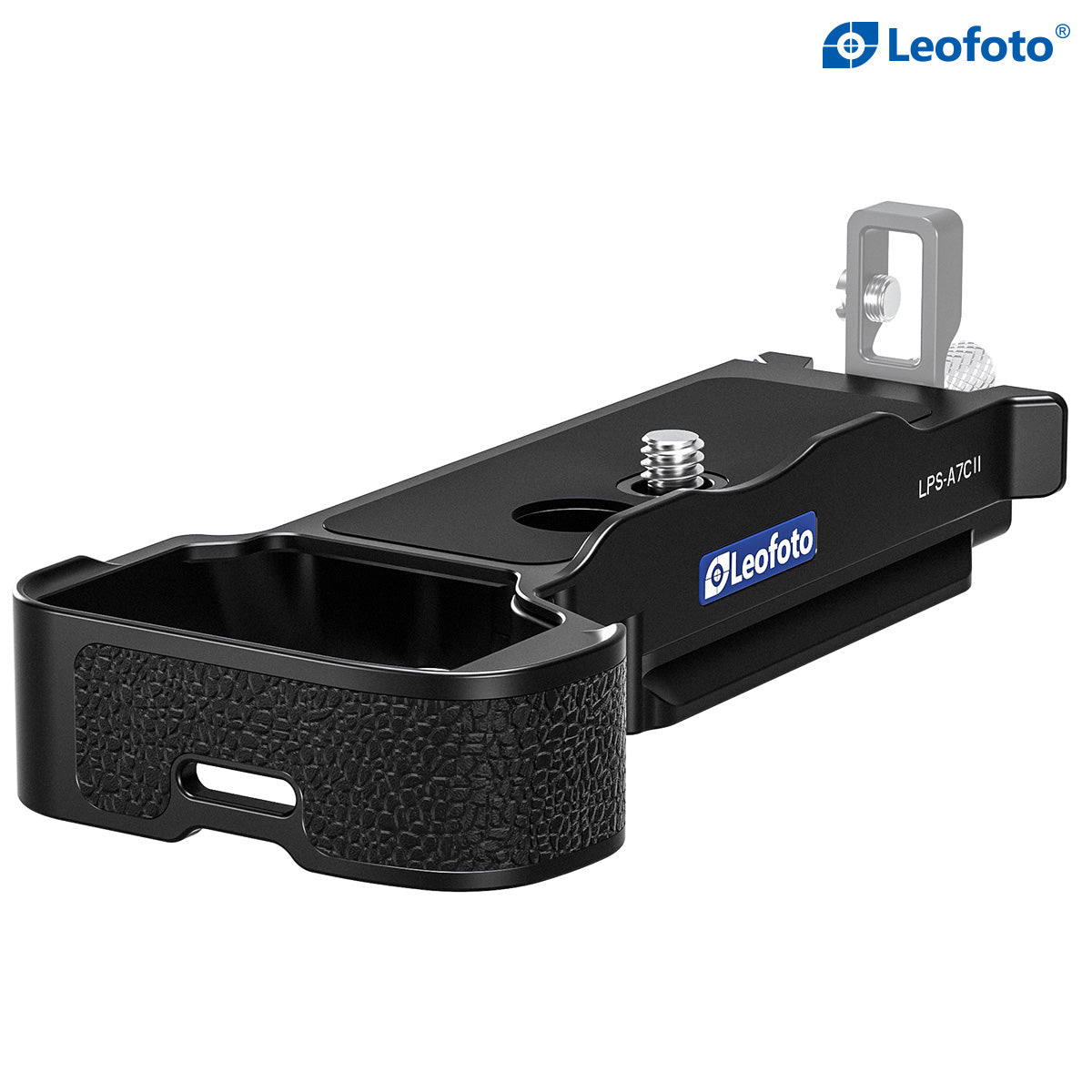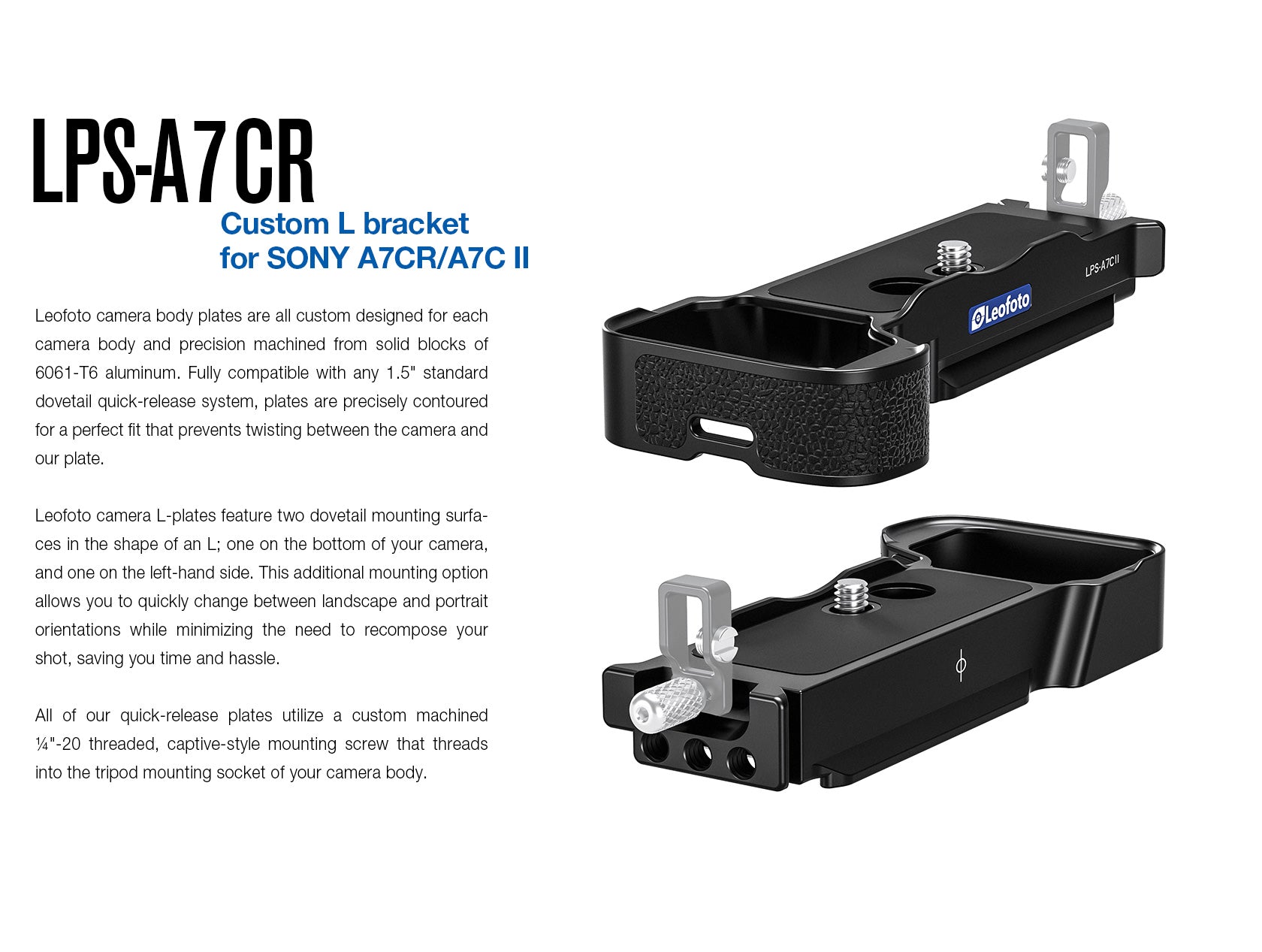Yes, it allows easy vertical mounting while not interfering with LCD articulation.
The short Arca bevels for vertical position are indeed long enough to confer stability. I tested this with my f/2.8 24-70 GM ii which is my longest lens without a rotating collar. Of concern when ordered was compatibility with the Ulanzi Falcam 38 Pro clamps. (I have two of these tripod heads, one built into a TreeRoot tripod and the other shared between different tripods and a Platypod Max.) Happily both the horizontal and vertical Arca bevels fit perfectly in the Falcam 38 Pro and produce firm mounting.
In order to permit full LCD rotation the Arca surface for vertical mounting is beneath the camera. This has two consequences.
First, when mounted vertically the camera will pan with the lens off center (just a bit, much less than if you pan with the tripod head flipped vertical). This shouldn't be an issue unless you have very close foreground, in which case a panning attachment is a better move.
Second, it forces the L-bracket to be much thicker than conventional designs. This increases the height of the camera, sort of turning the a7CR (or a7Cii) into an object closer to the size of an a7RV and its brethren (though still some 200 g lighter that the larger camera with its L-bracket). Or, if you will, adding the Leofoto L-bracket creates a taller grip similar to what you enjoy when adding the Sony grip which came with my a7CR.
I plan to put this new L-bracket on the camera when I am also carrying a tripod. But for activities in which no tripod will be taken, I'll leave it off, preferring to pare down size and weight (which is why I added the a7CR to my kit to begin with).
This brings me to a final observation. The 4mm Allen wrench stores easily and the entire bracket is a snap to remove and install. It fits the camera base closely and provides firm tripod attachment without over torquing the machine screw into the camera base.







